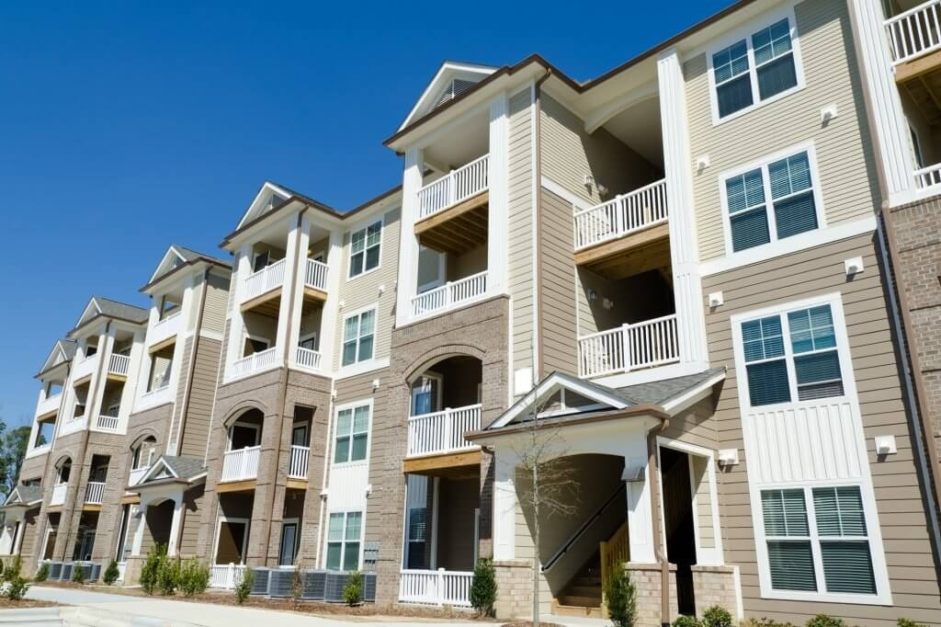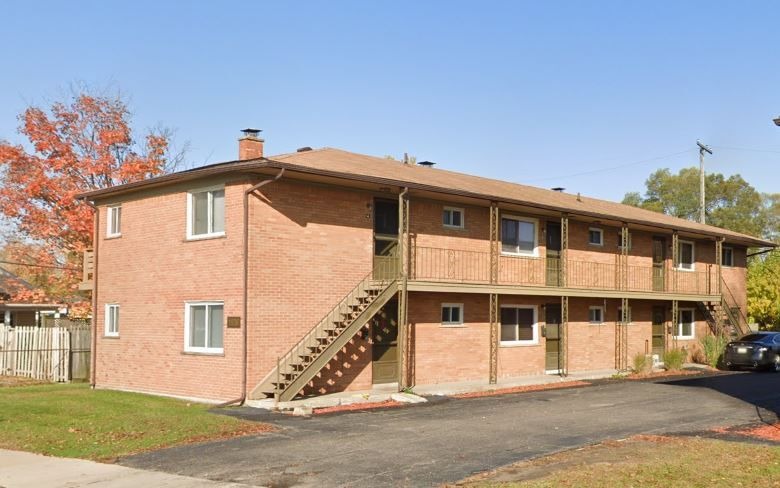Commercial real estate structures differ greatly when it comes to overall quality, age, location, and other variables. This is why commercial real estate investors divide the types of commercial properties into three classes. This depends on these variables and the risk of investing in the building. While this system is complex, it gives investors a simple, universally accessible means to communicate about their assets in the markets. Each property class represents a different amount of risk, giving investors a clear picture of how the property can affect their portfolio and returns.
Graana.com, Pakistan’s smartest property portal, looks at the classification system for commercial properties below.
Classes of Property
What do homes labelled as Class A, Class B, and Class C mean, and why does it matter? To begin, investors, lenders, and brokers created property classifications to make it easier for them to communicate quickly about a property’s quality and rating.
Property class is a significant consideration for investors since each class has a distinct level of risk and reward. Investors can use the distinctions in property class types to think about how each property fits into their overall investment strategies, such as return objectives and the level of risk they are willing to take to attain those returns.
Because the properties are graded based on a combination of geographical and physical factors, each property classification reflects a different risk and return. These grades are given to properties based on several characteristics, including the property’s age, location, tenant income levels, growth potential, appreciation, amenities, and rental income. There is no exact formula for classifying properties; however, below is a breakdown of the most popular classes, A, B, and C:
Class A Commercial Property

These properties are the highest-quality structures in their market and location. They are often newer properties developed within the last 15 years with excellent amenities, high-income renters, and low vacancy rates. Class A properties are typically well-located in the market and carefully managed. Furthermore, they frequently demand the maximum rent with little or no deferred upkeep.
Benefits of Class A
Having or investing in a Class A property has various advantages. The most evident benefit is the capacity to attract high-quality, credit-worthy tenants ready to pay higher rents. Class A assets are more desirable than Class B or C properties because they give more liquidity. In other words, there is enough constant demand for Class A properties that an investor has an easier time selling them than a Class B or C property in the same area.
Class B Commercial Property

These properties are a tier below Class A and are typically older, with lower-income renters and may or may not be professionally managed. Rental revenue is usually lower than Class A, and there may be some concerns with deferred upkeep. The majority of these buildings are well-maintained.
In addition, many investors regard them as “value-add” investment prospects because they may be renovated and improved to Class B+ or Class A status. Because these properties are considered riskier than Class A, buyers can typically obtain them for a higher CAP Rate than a comparable Class A property.
Benefits of Class B
While Class B properties tend to be considered a “riskier” investment than Class A properties. There are still several benefits to adding a Class B building to your portfolio. Namely, well-located Class B properties can generally be purchased at a lower price (and therefore, have a lower barrier to entry) and, in some cases, can be upgraded to Class A over time, providing opportunities for value-add sponsors.
As building improvements are made and leases turn over, the new owner can increase rents and improve the tenant mix. Investors can achieve higher returns from Class B properties than they could from Class A buildings in the same market if they use thoughtful value-add strategies.
Class C Commercial Property

Class C properties are usually older than 20 years and are located in less desirable areas. These properties typically require renovations, such as updating the building infrastructure. As a result, Class C buildings have the lowest rental rates in a market containing other Class A or Class B properties. Some Class C properties require extensive renovations to achieve consistent cash flow for investors.
Benefits of Class C
Class C properties may be the least “attractive” sort of property. From the standpoint of both investors and tenants, but they should not be discounted completely. In truth, Class C properties can offer significant value, especially if they are in a good location. For example, an investor might buy a Class C office building and remodel it right away.
Interior lobbies and common areas, such as elevator landings and circulation corridors, may be gutted as part of the makeover. A complete renovation could involve a new veneer for the building’s outside. The insides could also be reconstructed to include amenities such as an on-site gym, café, and a remodelled lobby. In essence, the property will have been upgraded from a Class C structure to a solid Class B, if not Class A.
What Should the Investors Do?
Investors must realise that each type of property carries a different level of risk and profit. Class A gives investors peace of mind by ensuring that they are investing in top-tier properties. There are few or no remaining issues that would necessitate additional capital expenditures. However, Class A can be vulnerable during a recession despite better housing conditions if high-income workers face rising unemployment.
Investors are compensated for taking on the increased risk of investing in an older property with lower-income renters or a building in a lower-income community by purchasing and selling Class B and C properties at higher capital rates than Class A.
The property class that investors select can significantly impact an investment’s long-term stability and growth potential. Class A may be the best option for investors wishing to preserve their wealth. On the other hand, Class B and C may be better investments for capital appreciation for investors with that risk profile.
To read more on Pakistan’s different commercial and residential real estate types, visit Click Here.




